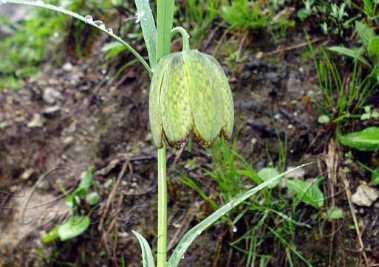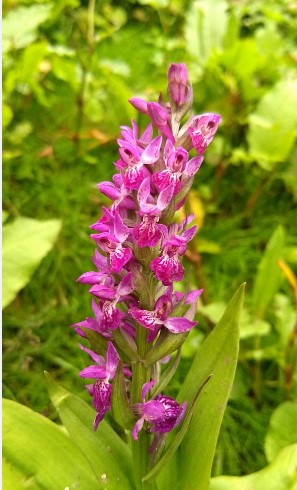Three medicinal plant species found in the Himalayas
2022 DEC 10
Preliminary >
Environment and Ecology > Biodiversity > Species in news
Why in news?
- Three medicinal plant species (Meizotropis pellita, Fritillaria cirrhosa, Dactylorhiza hatagirea) found in the Himalayas have been added to the IUCN Red List of Threatened Species following a recent assessment.
About ‘Meizotropis Pellita’:
- It is commonly known as Patwa, is a perennial shrub with a restricted distribution that is endemic to Uttarakhand.
- The study stated that the species is listed as ‘critically endangered’ based on its limited area of occupancy.
- The species is threatened by deforestation, habitat fragmentation and forest fires.
- The essential oil extracted from the leaves of the species possesses strong antioxidants and can be a promising natural substitute for synthetic antioxidants in pharmaceutical industries.

About ‘Fritillaria Cirrhosa’:
- It is commonly known as Himalayan fritillary, is a perennial bulbous herb.
- Considering the rate of decline, long generation length, poor germination potential, high trade value, extensive harvesting pressure and illegal trade, the species is listed as ‘vulnerable’.
- In China, the species is used for the treatment of bronchial disorders and pneumonia.
- The plant is also a strong cough suppressant and a source of expectorant drugs in traditional Chinese medicine.

About ‘Dactylorhiza Hatagirea’:
- It is commonly known as Salampanja, is a perennial tuberous species endemic to the Hindu Kush and Himalayan ranges of Afghanistan, Bhutan, China, India, Nepal, and Pakistan.
- It is threatened by habitat loss, livestock grazing, deforestation, and climate change, the species is listed as ‘endangered’.
- It is extensively used in Ayurveda, Siddha, Unani and other alternative systems of medicine to cure dysentery, gastritis, chronic fever, cough and stomach aches.

PRACTICE QUESTION:
‘Meizotropis Pellita’, recently seen in news, is known for:
(a) Its extract is widely used in pesticide production
(b) Its potential to act as cleansing agent
(c) Its extract is used in veterinary medicine
(d) Its potential to be a natural substitute for synthetic antioxidants in pharmaceutical industries
Answer


